Researcher Olalla Sáiz Vázquez talks to us about a session of cognitive stimulation for people with cognitive impairment who are mild or without cognitive impairment, through the NeuronUP platform.
General objective
Recover altered cognitive abilities in users and, once recovered, preserve those that have been regained.
Specific objectives
- Increase levels of selective attention,
- recover the ability to sustain attention,
- exercise short-term memory and semantic memory,
- improve processing speed,
- promote discrimination of colors and details,
- enhance visual acuity,
- encourage orientation to reality and place orientation,
- train planning ability and concentration,
- enhance numerical and word sequencing,
- promote reasoning,
- improve hemineglect.
This cognitive stimulation intervention for people with mild cognitive impairment or without impairment will be carried out within the occupational therapy practice framework (AOTA). (2).
The approaches that will be used to achieve the proposed objectives are: restoration, to restore the skills that users have affected; and maintenance, so that users preserve the abilities they have regained.
The type of activities will be related to different areas of occupation
- Instrumental activities of daily living (IADLs),
- education (environmental),
- play,
- social participation when carried out in a group (2).
In addition, three types of activities will be carried out
- Recreational activities that users may enjoy, such as “Card Pyramid” and “Word Search”, which will be explained later.
- Others so that users can integrate new concepts into their lives, such as the activity “Pick Up your Baggage” and the exercise “Recycle your trash”.
- More theoretical ones such as “Word Association” and “Facial Recognition”.
The cognitive stimulation exercises for people with mild cognitive impairment or without impairment will be flexible and adapted to the users’ work pace; they will also be short to try to keep their attention and avoid fatigue and demotivation. Finally, note that users will be encouraged and assisted during the completion of each activity.
Cognitive stimulation activities for people with mild cognitive impairment or without impairment
1. Moving Colors
What does it involve?
This activity consists of finding as quickly as possible the color squares that are still, among a set of squares of different colors that are in motion.

The activity consists of 5 total screens whether the user fails or succeeds. The user will have a maximum of 5 minutes to complete it. These minutes will be counted with a timer that will appear on the screen and will count up. In addition, there will be an inactivity notifier that will alert the user if they go two minutes without making any movement in the activity.
For the development of the activity, the user has three lives, losing one every 3 mistakes, until all three are exhausted. The activity will end when they find the squares that are still and select them. The phase chosen to start this activity is phase 4; if they complete the screen correctly they will be suggested to move up a phase, otherwise they will move to a previous one.
What does this activity train?
This activity trains:
- Sustained attention,
- visual gnosis,
- selective attention.
Play by levels
Moving Colors consists of three levels: easy, medium and hard with 3 phases in each of them.
Languages
This game is available in Spanish, English, French, Portuguese and Catalan.
2. Pick Up your Baggage
What does it involve?
In this activity you must identify on the conveyor belt the luggage that is identical (with the same characteristics) to the suitcases shown as the model. Depending on the phase, more suitcases will appear to recognize. In this case the user will start at phase 7 so two suitcases will appear. Users must pay close attention to the characteristics as very similar suitcases may appear.
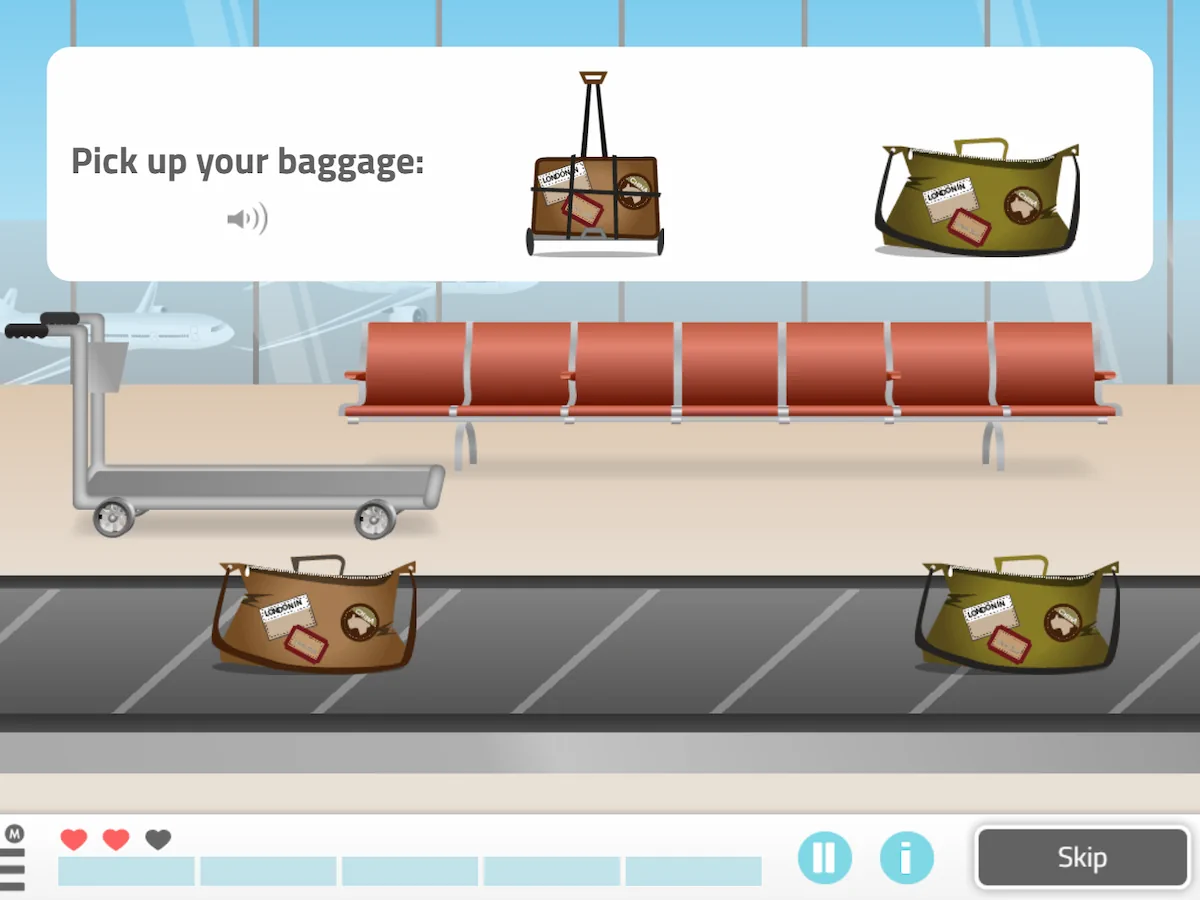
As in the previous activity, the user has three lives. Each time a life is spent the model suitcases change and so do the suitcases on the conveyor. The activity will end when all the luggage on the conveyor that is identical to the model, with the same characteristics, has been selected.
What does this activity train?
- Selective attention,
- sustained attention,
- processing speed,
- working memory,
- leisure.
Play by levels
Pick Up your Baggage consists of three levels: easy, medium and hard with 4 phases in each of them.
Languages
This game is available in Spanish, English, French, Portuguese, Catalan, German and Italian.
3. Word Search
What does it involve?
The mechanics of this activity consist of discovering a series of hidden words among a set of letters. The words can be placed vertically, horizontally or diagonally, and they can be found in any direction.
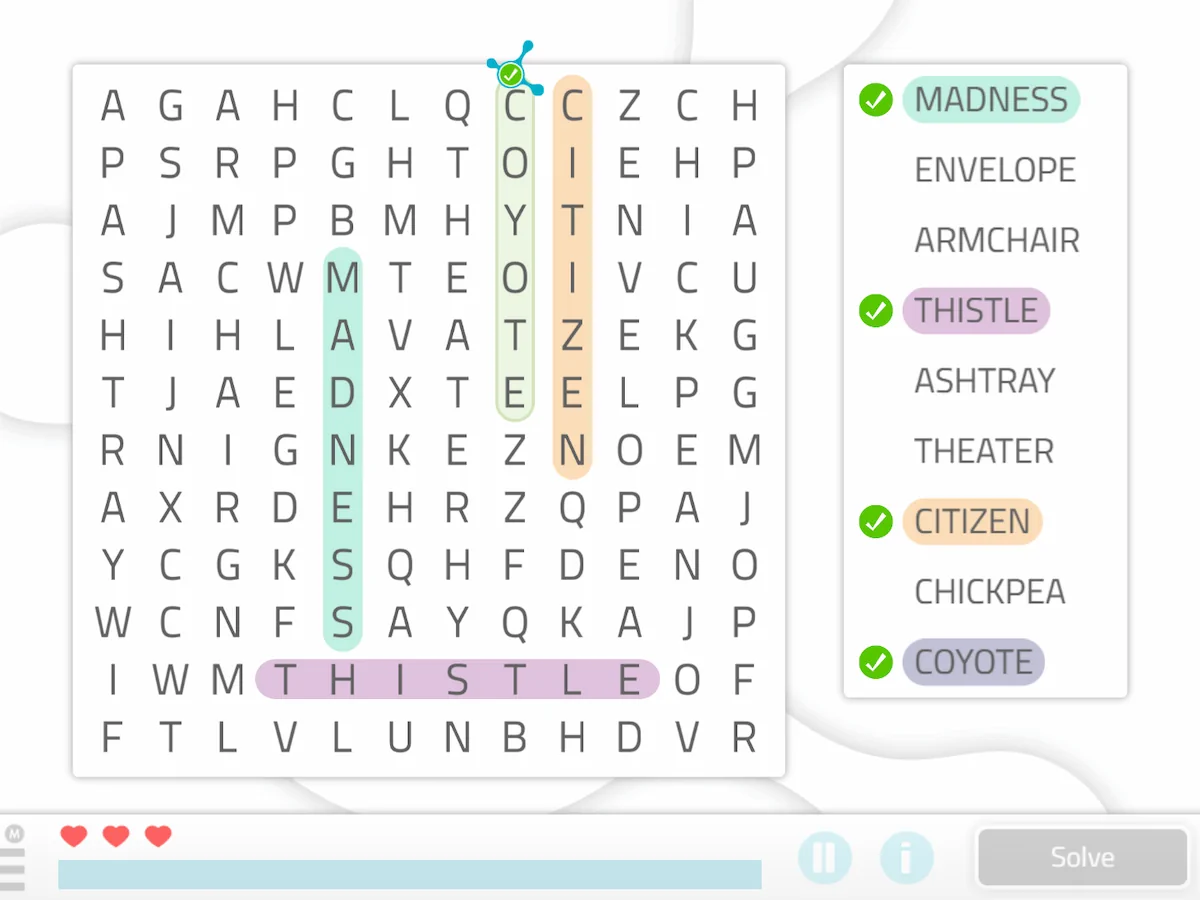
Three game modes can be chosen: correction mode, in which if the user makes a mistake and it is not the word they had to find it is marked as wrong; or free mode, in which it tells you at the end of the activity if you did it correctly or, on the contrary, which ones you failed to find.
The third game mode is customized, in which the operation can be modified according to the user, choosing between free mode or correction mode and also selecting the number of maximum errors.
The maximum time to perform the activity can also be adjusted by choosing how many minutes the user dedicates to this activity. Similarly, it is possible to add an inactivity warning, in which, if the user reaches a time of, for example, one minute without finding any word, it will alert them to continue with the game, since they may have become distracted; the alert will be visual and audible. You can even add a timer with the option to count down or up, so the user can see how much time is left until the activity ends.
Finally, it is possible to give specific instructions to make the task easier for the user. Or, for example, if it is a custom Word Search with the names of their grandchildren, you can specify that they find their grandchildren’s names within the Word Search.
4. Emotion recognition
What does it involve?
The purpose of the activity is to recognize the displayed emotions and relate them to the terms that define them. For this purpose there will be three levels of increasing difficulty, and once selected, the task will begin so that the person will observe an image of a person showing a particular face that defines a specific expression. To select the option you will have to click on the correct option, as indicated by the image.
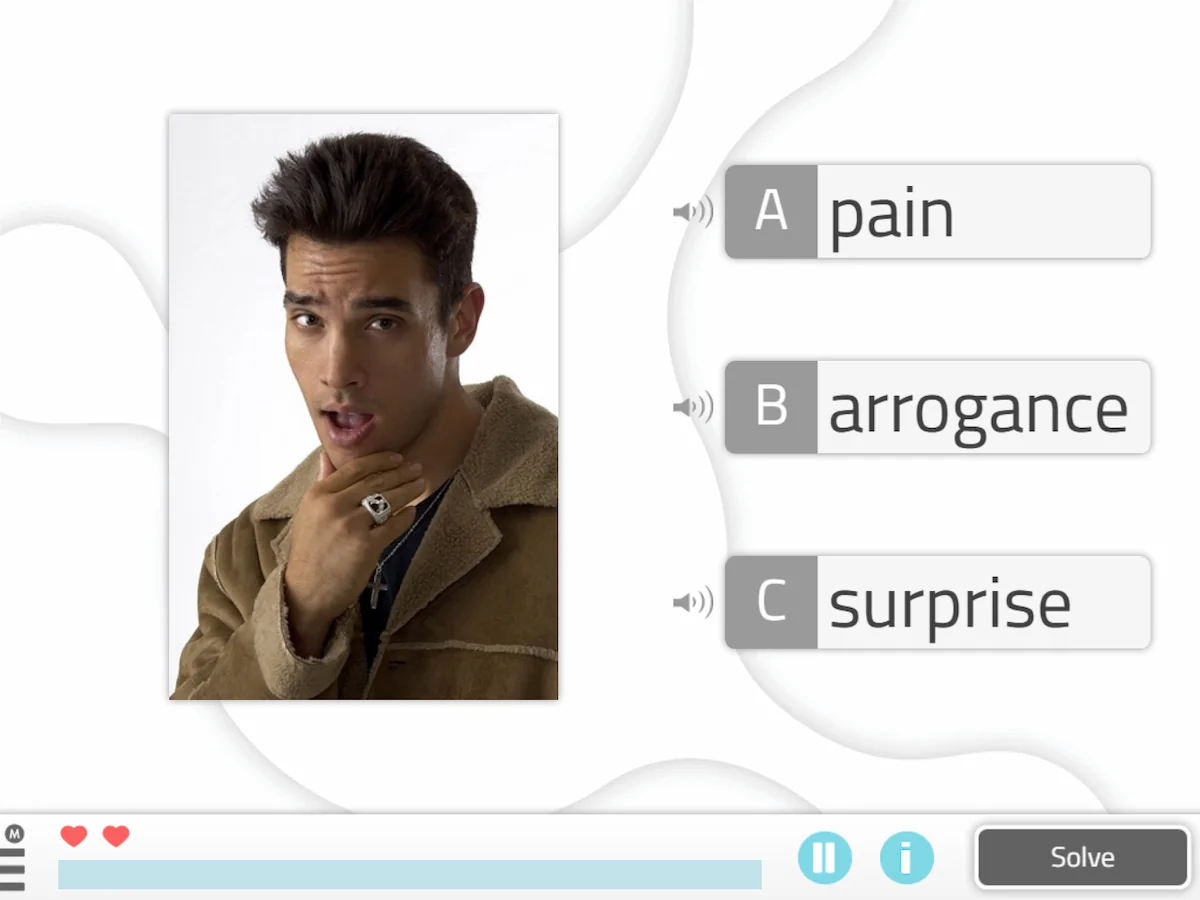
In the activity to be performed a medium level will be selected since its complexity, being the maximum, does not pose a very high difficulty. Within this there is the possibility of selecting one of the 11 sublevels.
If participants see that they are able to increase the difficulty, there is the possibility of selecting another level of higher difficulty with its corresponding sublevels. To start playing you would click on the “correction mode” option to check that it is correctly selected and give positive feedback to the player. Only one life is available to participate at each level.
What does this activity train?
- Social cognition,
- reasoning,
- vocabulary.
Play by levels
This exercise consists of 3 levels: basic, easy and medium
Format
This activity is available both in digital and in paper.
Languages
This game is available in Spanish, English, French, Portuguese and Catalan.
7. Card Pyramid
What does it involve?
This activity consists of placing the cards that are presented in sequential order, either up or down, regardless of the suit of the card. Since it is the Spanish deck, after seven comes the jack, and after the king, the ace. This activity falls under the occupational area of play.

It will consist of 5 completed screens. For each of them the user will have 5 minutes, with an inactivity warning every 2 minutes. To help the user manage time, a count-up timer will be placed in the upper left of the screen.
Instructions will also be given in a clear and precise way to facilitate users’ understanding. As users progress, the level of complexity will increase, increasing the number of rows and columns, the number of decks, the correction criteria, the number of errors and, additionally, progressively decreasing the completion time.

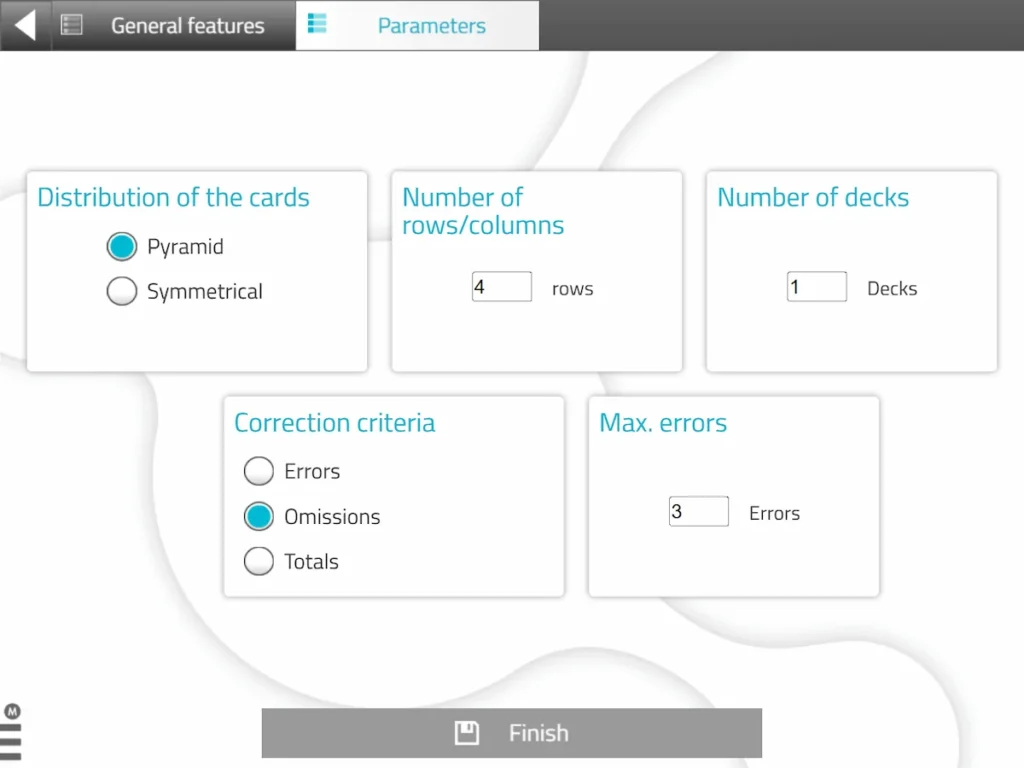
What does this activity train?
- Flexibility,
- planning,
- selective attention,
- hemineglect,
- alternating attention.
Play by levels
This game consists of 3 levels: easy, medium and hard with 2 phases each.
Languages
This game is available in Spanish, English, French, Portuguese, Catalan and Italian.
Bibliography
- NeuronUP. NeuronUP [Web site]. La Rioja: Neuronup; 2012 [accessed on November 15, 2018]. Available at: https://neuronup.us
- Ávila Álvarez A, Máximo Bocanegra M, Martínez Piédrola R, Matilla Mora R, Méndez Méndez B, Talavera Valverde MA et al. Framework for occupational therapy practice: domain and process. 2nd Edition [Translation]. www.terapia-ocupacional.com [online portal]. 2010 [consulted on November 20, 2017]; [85p.]. Available at: http://www.terapiaocupacional.com/aota2010esp.pdf. Translated from: American Occupational Therapy Association (2008). Occupational therapy practice framework: Domain and process (2nd ed.).
If you liked this article about a session of cognitive stimulation for people with cognitive impairment, you might also be interested in:
“This article has been translated. Link to the original article in Spanish:”
Sesión de estimulación cognitiva para personas con deterioro cognitivo


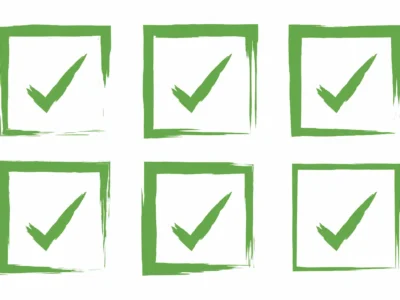


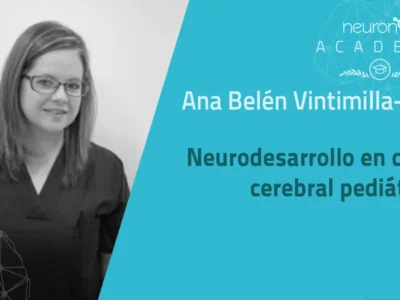
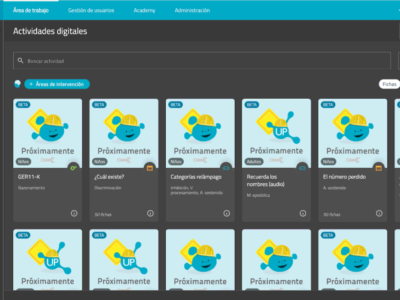
 Serotonergic compounds reveal encouraging results in patients with schizophrenia
Serotonergic compounds reveal encouraging results in patients with schizophrenia
Leave a Reply